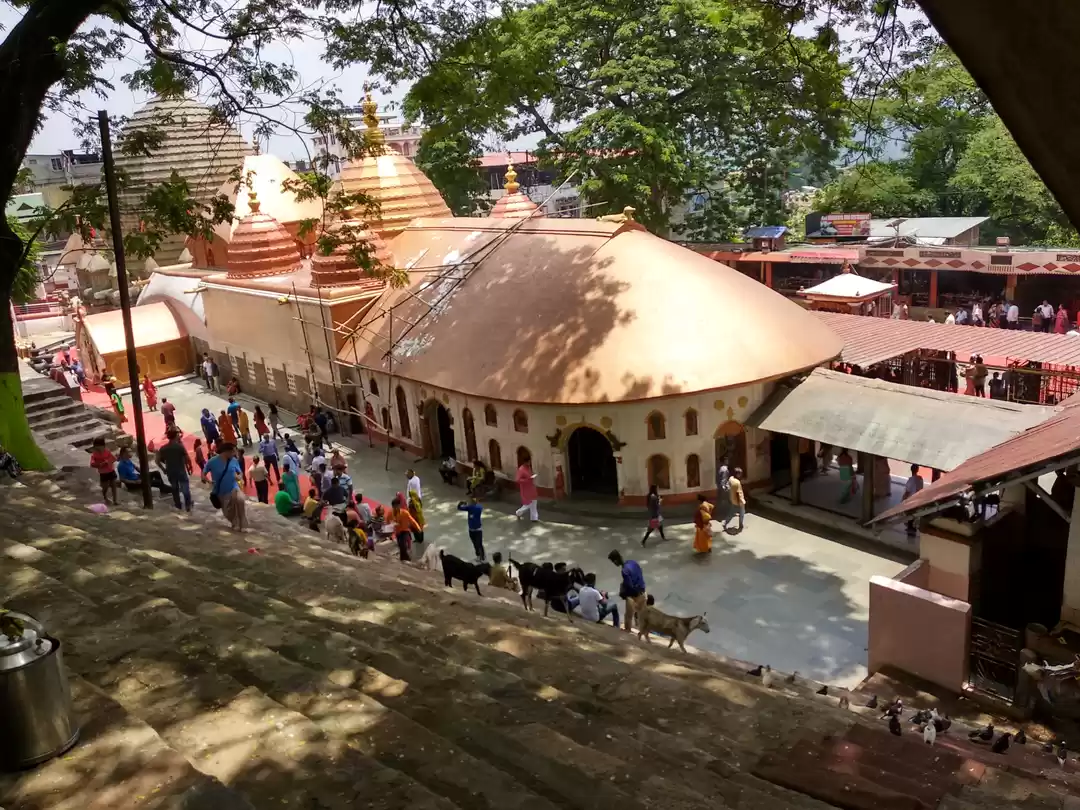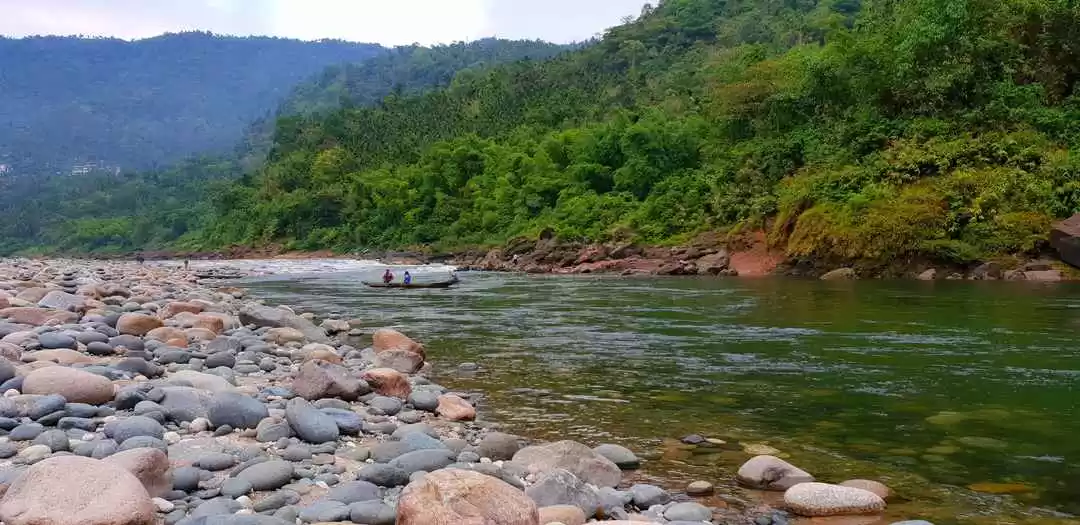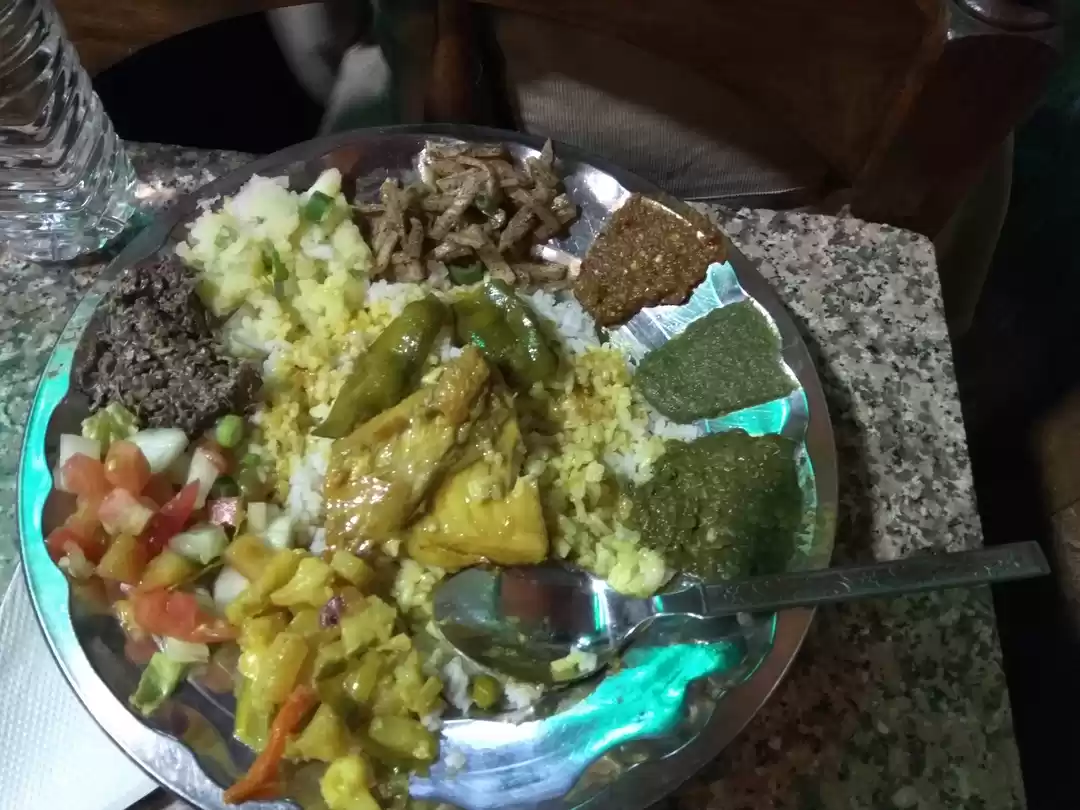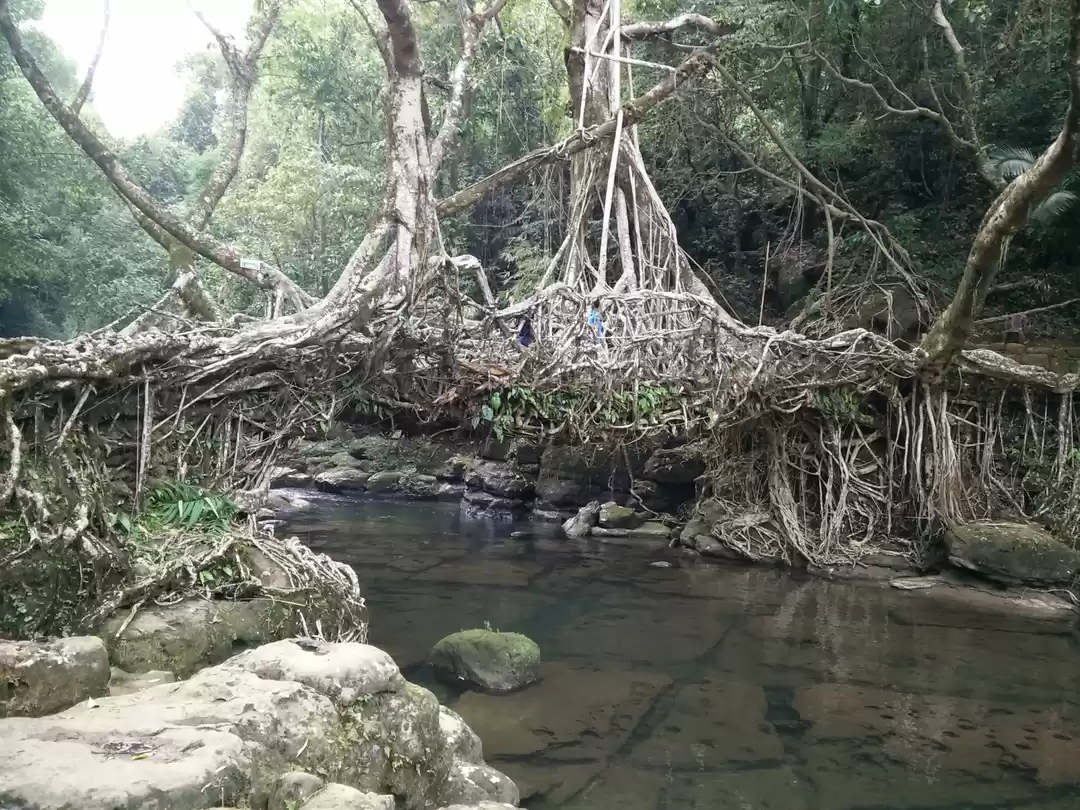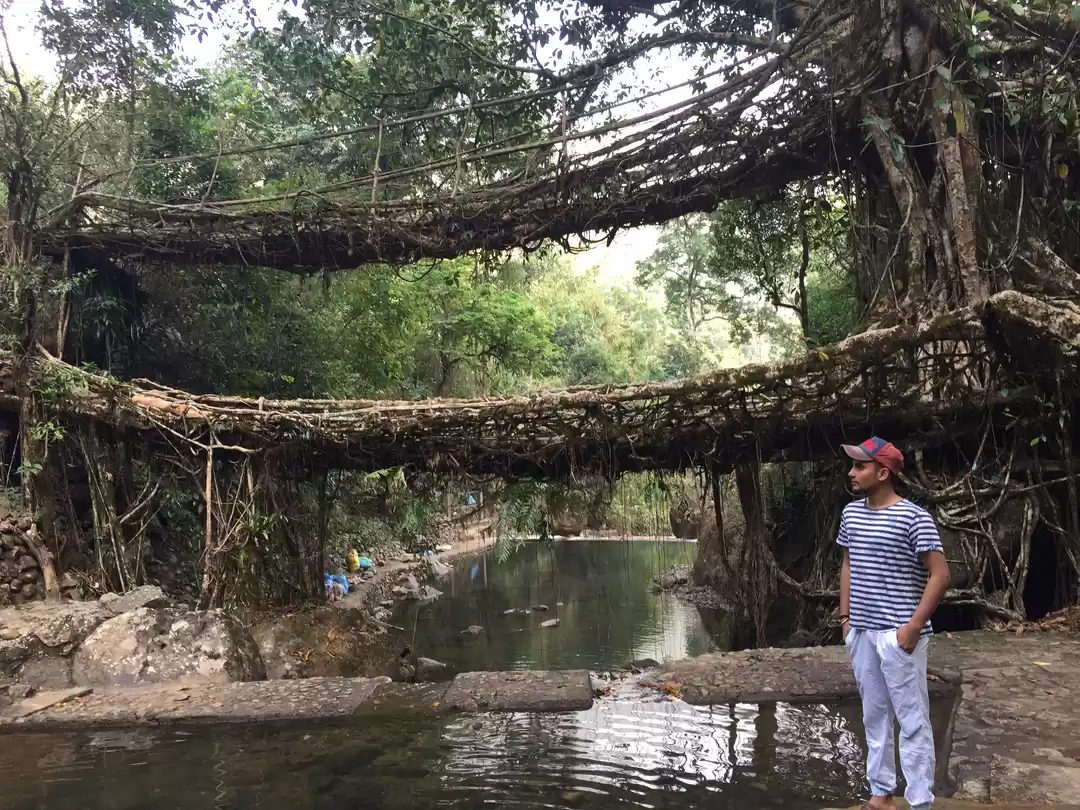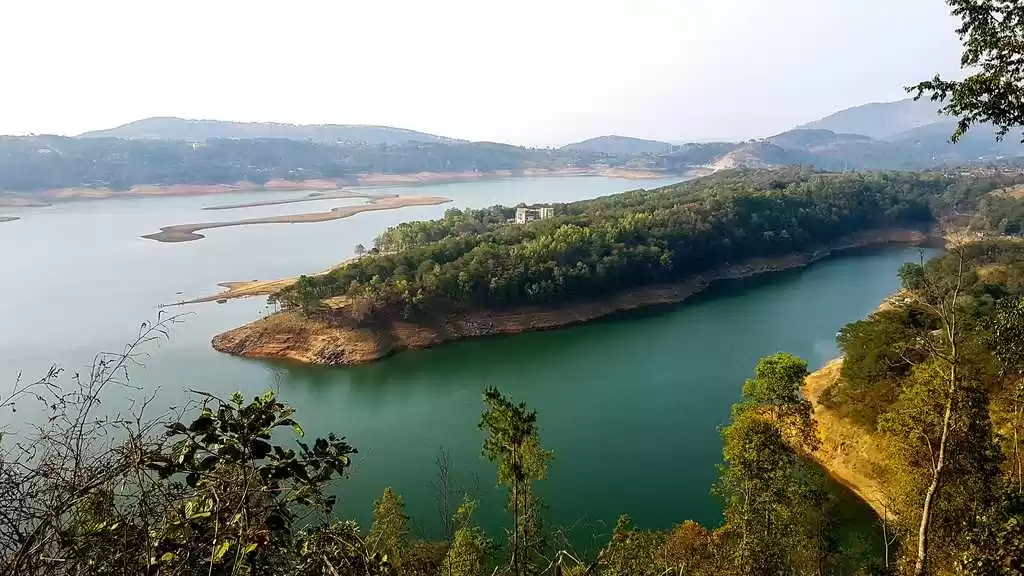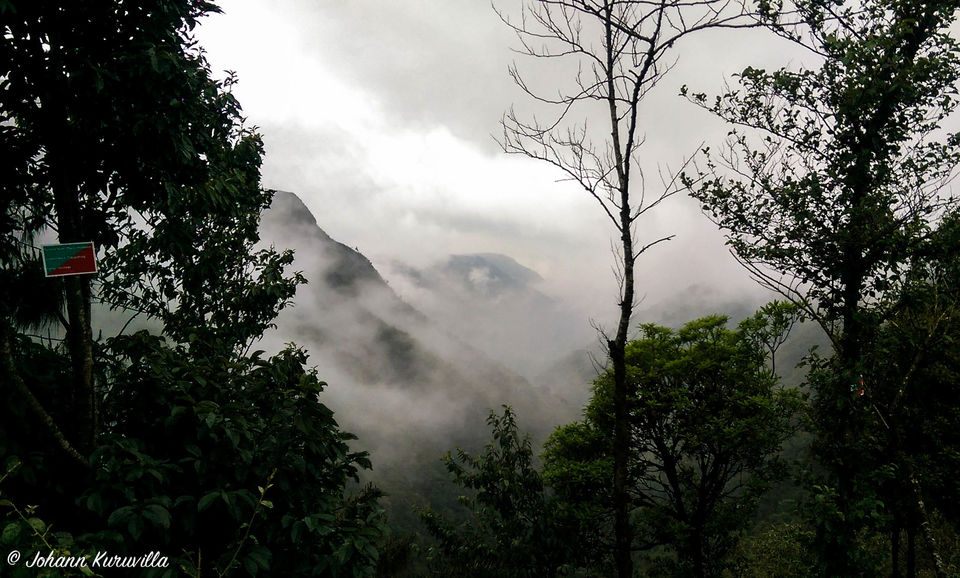
After a good night’s rest we woke up chilled inside our lodge room. A slight drizzle kept pouring through the night. We got freshened up and went down to the dining area of the lodge. The boys working there made us a good breakfast of puri and sabji that morning. It was perfect and we enjoyed it.
After the breakfast we met with the owner of the lodge and discussed what we wanted to see and do in Meghalaya in the short time we had. Every time we had a conversation with him we learnt something new about the place and the Khasi tribe which he was a part of. Time was not in our favour, so our itinerary had changed quite a bit from the one I had planned originally in the beginning. We had only a little more than 24 hours to spend there. My friend had to leave to Hyderabad the day after and I had planned my solo trip to Tawang in Arunachal Pradesh.
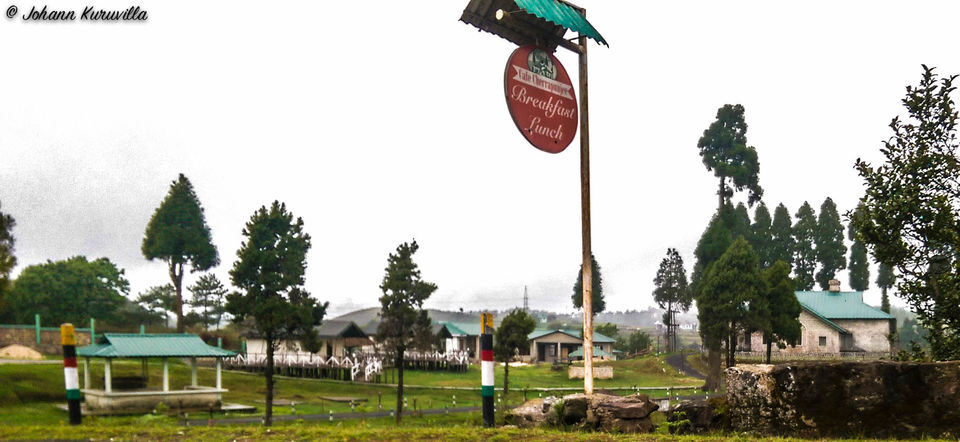
Meghalaya is one of the best off-beat destinations in India and you will be surprised at what it can offer you from trekking, to caving, to boat rides, waterfalls, adventure sports; the list is endless. I literally broke my head figuring out what things to do there when I was preparing my itinerary. A few good people on indiamike.com were very helpful in sharing detailed information about the state. If you plan to visit Meghalaya, make sure you spend a good two weeks or more there. With our time running out, we could only settle for a few major tourists attractions for this trip. The lodge owner arranged us a driver/guide to take us around. The guide picked us up in his Maruti 800 and we were off. We had our cameras and GoPro ready for the adventures of the day.
First thing on the agenda was to visit the Eastern Headquarters of the Indo-Tibetan Border Police Force (ITBPF) and apply for an entry permit to Arunachal Pradesh. Arunachal does not allow any outsiders including Indians from other states without a valid permit being a frontier state of India. The permits are usually issued at Delhi, Assam, Meghalaya or at the borders. So we went there, and were saluted by the tall guards who stood outside. I filled up a form and applied for the permit which they said I could collect the next day, if approved. While we waited there, we were able to see photos and learn some of the history of the force and its association with the Indian Army, protecting the borders of India. I was filled with immense pride, respect and awe for these soldiers serving the nation.
With that done we were free to go and explore Meghalaya for the day. A few miles out of the capital Shillong we passed by the Indian Air Force Museum. The plan was to visit this place on the way back but we never got the chance. Hopefully, I’ll get another shot at Meghalaya sometime in the near future and I’ll be able to add this museum to the list then.
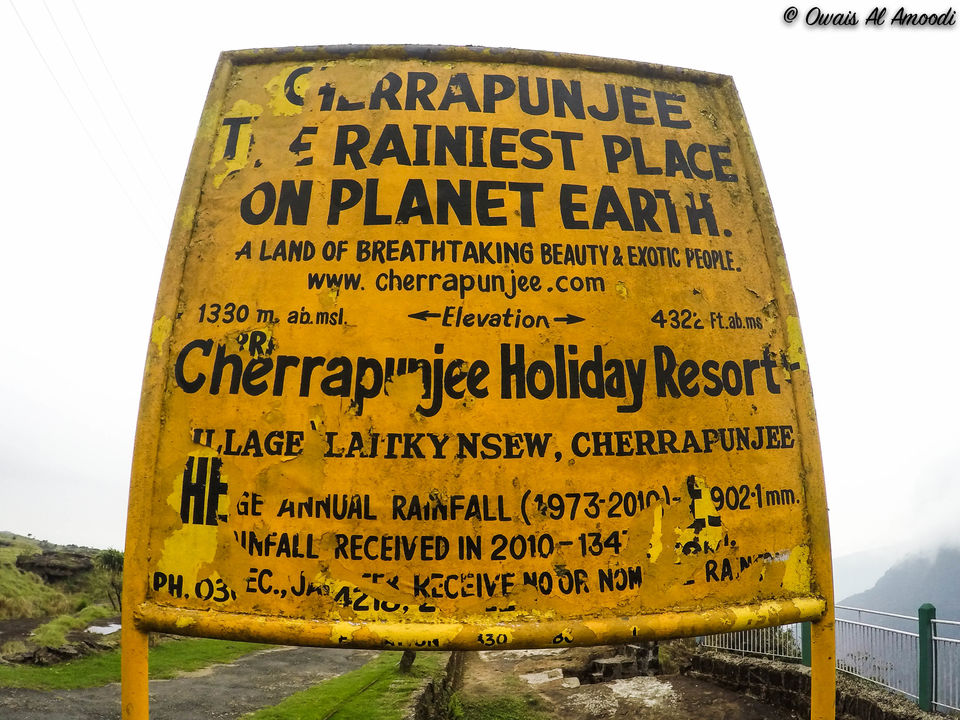
We enjoyed the oxygen rich air and the atmosphere of the place, spellbound by the beauty of Meghalaya unravelling behind the cloudy and misty weather that morning. The winding hill roads took us further south of Shillong in the East Khasi district to the borders of Bangladesh. The route is dotted with quaint village houses and protestant churches built during the British times. Clouds and mist surrounded us the whole morning. There were workers in fields along the countryside working in zero visibility. All this seemed normal for them. Meghalaya is synonymous with this kind of weather throughout the year.
We entered Sohra or famously known as Cherrapunji. My geography books in school taught me that it was the wettest place on earth. The hills and valleys were covered with lush sub tropical green forests. Water is said to be in abundance here and short as well because of the increasing population.
We stopped at the Duwan Sing Syiem viewing point to experience the calm wet, cloudy morning and took a peek into the natural beauty of the place. There were steps that led us down to a vantage point from where you could sit and relax to the sound of the water flowing of some river or waterfall nearby, birds chirping, noisy crickets and the slow wind howling into your ears. Near the viewpoint there were handicraft and souvenir shops and a cafeteria if you wanted to grab a quick bite. We had a hot cup of tea to go with the weather and bought some local handmade shawls for some dead cheap prices. If you get a chance, don’t forget to pick up some of these shawls the Khasi tribe is famous for making.
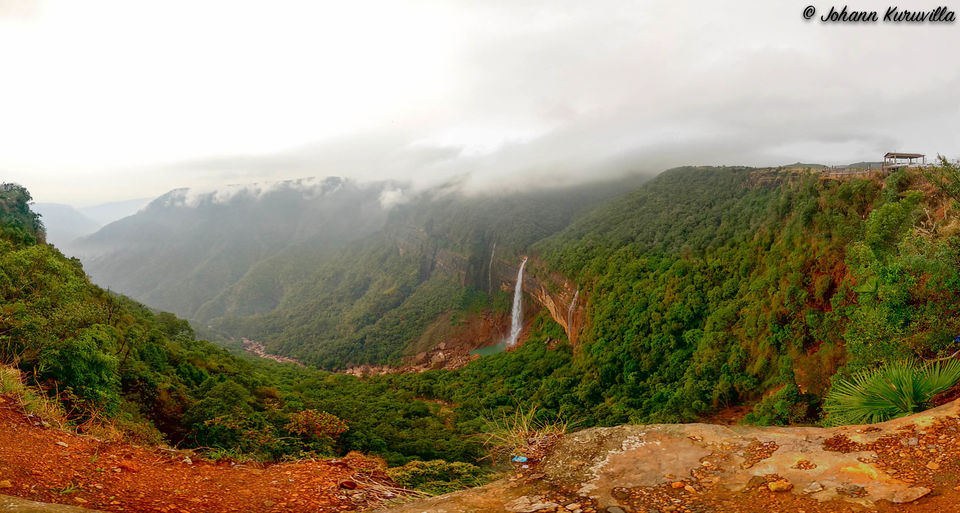
We continued our drive further southwards taking stops to enjoy the views. Our next place was the mythical Nohkalikai Falls. The story of Ka Likai behind this waterfall is so intriguing, you will be transported back in time to imagine how it took place.
The story of Ka Likai behind this waterfall is so intriguing, you will be transported back in time to imagine how it took place.
There are steps that take you all the way down to the bottom of these falls. In the excitement to get a closer view, we ran down and then half way through realised we couldn’t handle the mosquitoes and the bugs that were having a piece of us and had to climb back up. Super enthralled by the views, we walked around the area for a bit trying to take in the pure air from this dense forest area. Humans are so disconnected with nature because we choose to live in our manmade cities but getting to places like this and experiencing it will plug you back into existence. We all need a rude awakening. Around the vicinity of the falls, we saw little kids selling small bags of cinnamon sticks and fresh honey which we readily bought from them. Their happy faces made our day.

We left the falls and kept driving, passing by numerous other waterfalls on the way. Each had its own distinct feature and a story behind it. The Government of Meghalaya has taken an interest in preserving and showcasing these spots to tourists. At the Seven Sisters Falls with the clouds opening up, we were able to catch a glimpse of the low-lying plains of Bangladesh glistening bright from the rays of the sun. By noon time we were at the famous Mawsmai cave. En route to this village you will see huge monolith structures which might grab your attention. Largely unknown to the outside world, there are a number of locations within Meghalaya where similar structures can be found
The limestone caves themselves are a wonder of nature. The cave was well-lit and there were quite a lot of people queuing up to get inside. Saree clad women braved through the narrow spaces of the cave. We saw a few kids taking their turn as well without any fears whatsoever. Although this one was very touristy, if you like caving and enjoy closed spaces you have plenty of options to explore unknown caves in Meghalaya and discover some new ones. We were feeling adventurous and went looking around for more caves. There was a longer restricted one a little above but an eerie feeling crept us and had us packing our bags in no time. The experience was thrilling and we spent a little too much time fuelling the adrenaline rush.
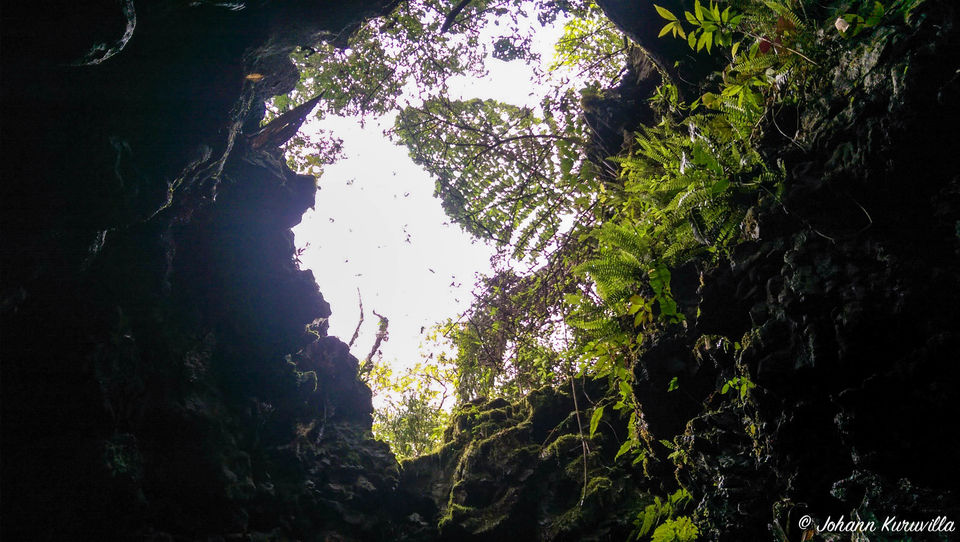
We had lunch at a dhaba there and by late afternoon we were tired and returned back to Shillong. On the way, we stopped at the famous Elephant Falls and enjoyed the sunset. A short hike down a series of narrow steps through three different sections you reach the bottom of these falls. The sound of water trickling down has an immediate soothing effect on you, calming your tired senses. Apart from viewing the falls, there are plenty of handicraft shops that sell bamboo and wooden products. You could even try out some of the traditional tribal outfits of the Khasis and take pictures in them.
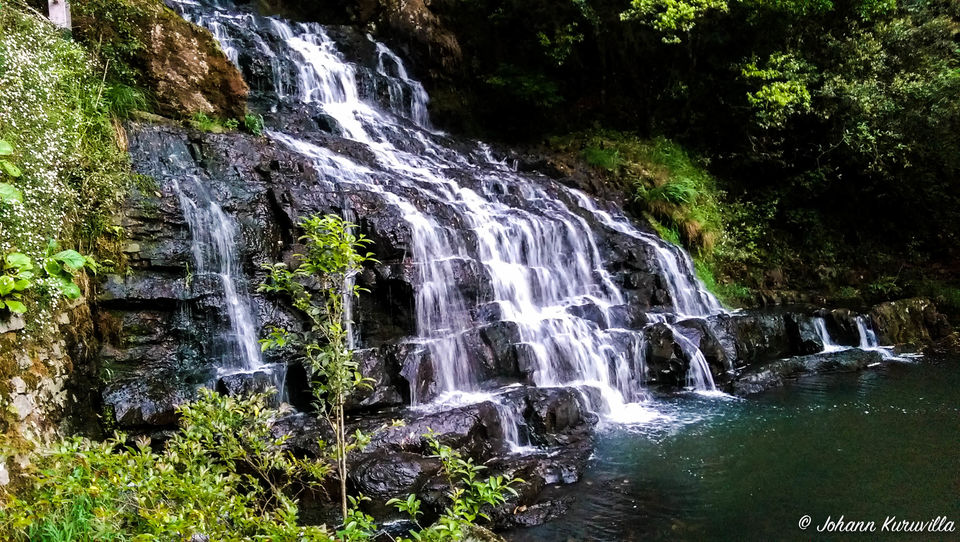
We got back to our lodge after a day well spent in Meghalaya. The next day before we left, the lodge owner recommended us to visit the Don Bosco Centre for Indigenous Cultures. What we thought would take us an hour max took us five long hours. This museum should be on your must visit list if you want to learn more of the history and culture of all the North eastern states of India including some of the neighbouring countries. The seven storey building is state-of-the-art and has a wealth of information on display. The exhibits will definitely capture your curiosity. Here we bought some famous Meghalayan tea to take home.
After the visit to the museum, we topped off the afternoon with some local delicacies and tried out the famous Khasi food ‘Jadoh’ for lunch. The sumptuous lunch made us forgot about the permit application I had submitted the previous day and we had to make a run to the ITBPF before it closed for the day. We made it there at the nick of time and it was ready as promised. The guide then dropped us at the local taxi stand and bargained us a shared cab ride to Guwahati.
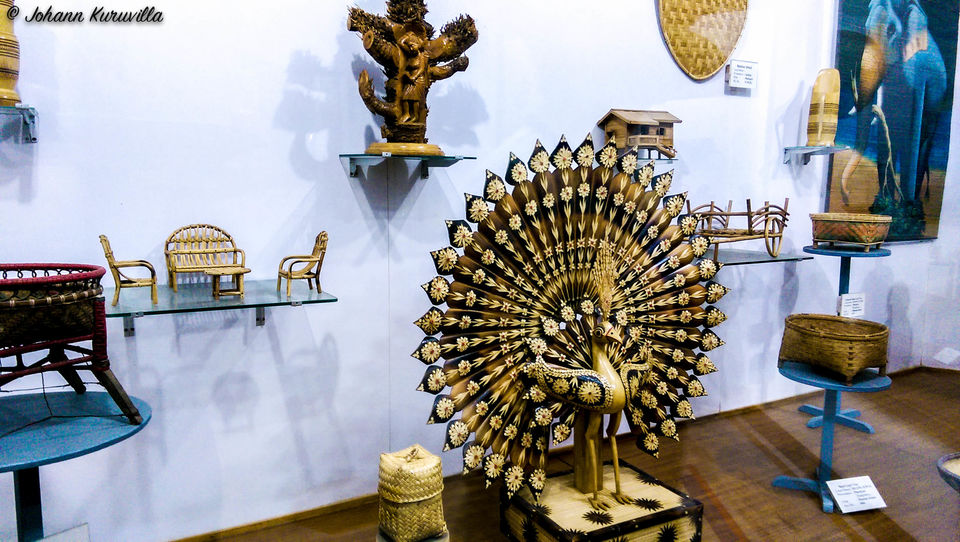
The trip to Meghalaya was very short and it may sound like we didn’t do justice to it. I think for both of us, the biggest regret was missing out on a visit to the world-famous living root bridges. But besides that, we enjoyed each and every bit of whatever we saw. By nightfall we were back in Guwahati, a stark difference from what we had experienced in laid-back Meghalaya. We finally got in touch with our friend who lived at the IIT Guwahati campus and spent the night there. I met some incredible people, who were inspired by our travels, motivated us to explore more places.
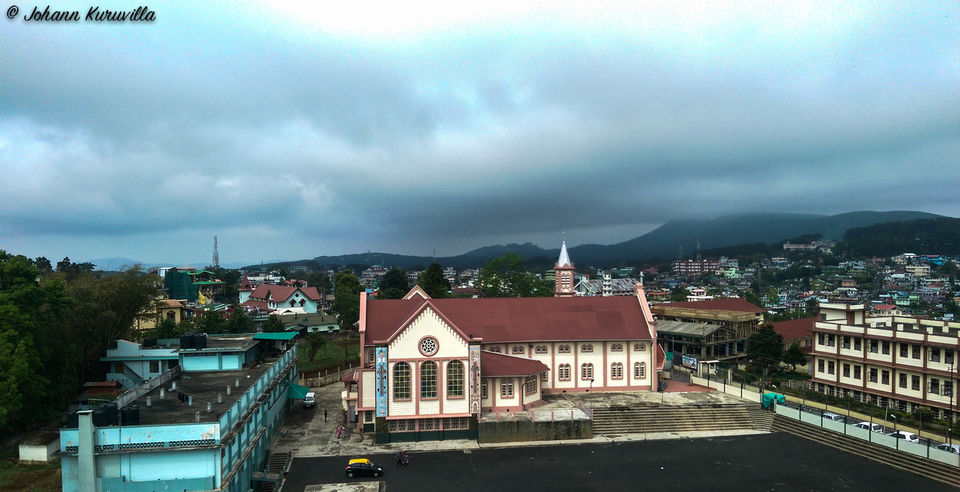
The next day we bid our goodbyes to our friends at IIT and to my friend who accompanied me in the trip so far. With my permit in hand I was on my own to venture into the Land of the Dawn-lit Mountains. The sole reason I had set out on this journey to the North-East of India. In the process, I covered not one but five states and a short day trip to Delhi.
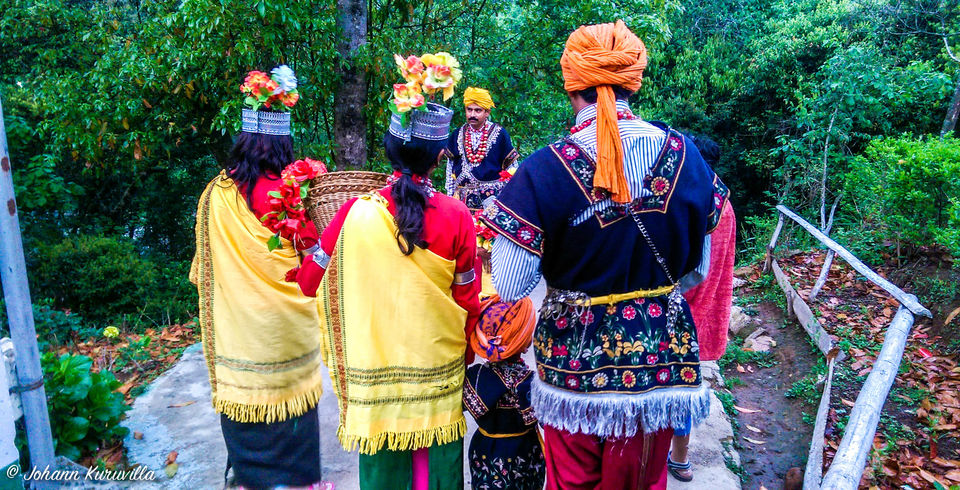
This post first appeared on escapinglife.com.
















